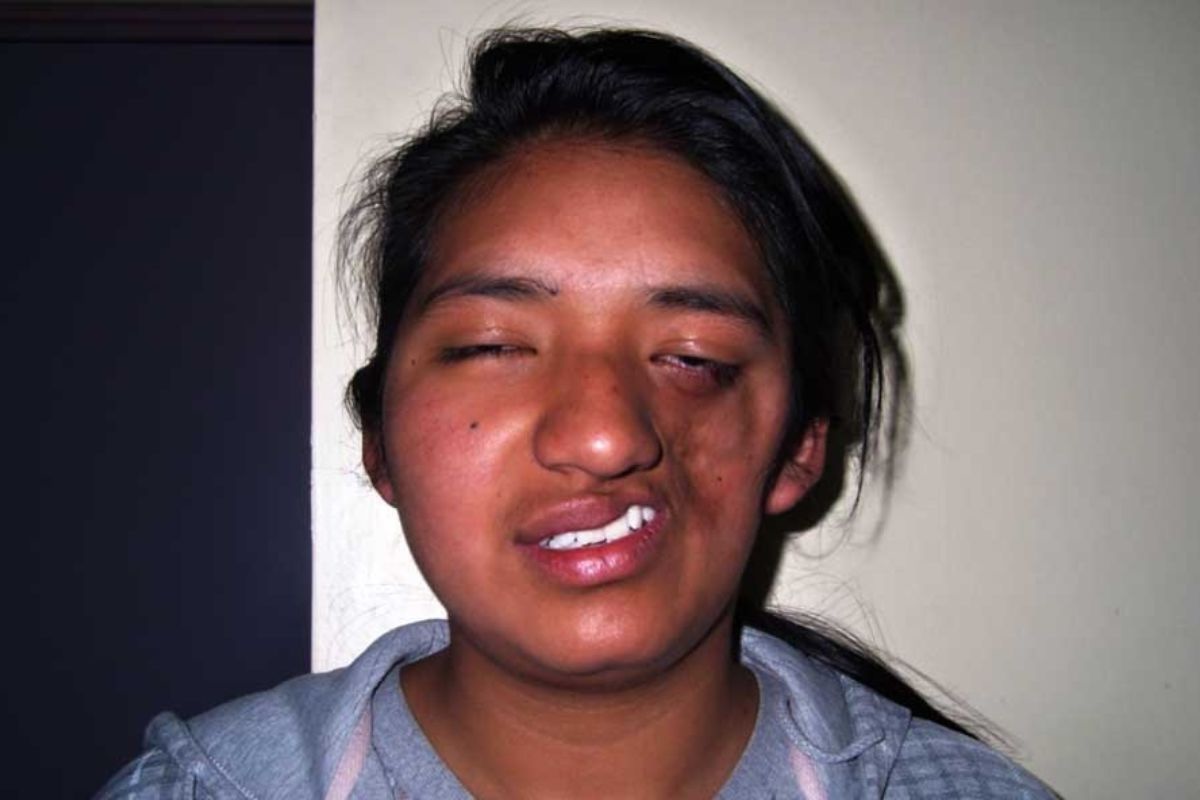
Romberg Hemi-Facial Atrophy, also known as Parry-Romberg Syndrome, is a rare disorder that causes the skin and soft tissues on one side of the face to shrink. This condition often begins in childhood or early adolescence and can lead to significant facial asymmetry. What causes Romberg Hemi-Facial Atrophy? The exact cause remains unknown, but it is believed to involve autoimmune factors, where the body's immune system mistakenly attacks its own tissues. Symptoms may include facial pain, migraines, and changes in skin color. While there is no cure, treatments focus on managing symptoms and improving appearance through surgical procedures. Understanding this condition can help those affected and their families navigate the challenges it presents.
Key Takeaways:
- Romberg Hemi-Facial Atrophy is a rare condition causing facial shrinkage. It affects 1 in 700,000 people, usually starts in childhood, and has no known cure. Treatments include medication, surgery, and support.
- Living with Romberg Hemi-Facial Atrophy can be challenging, but support groups, awareness, regular monitoring, healthy lifestyle, and adaptive techniques can help improve quality of life.
What is Romberg Hemi-Facial Atrophy?
Romberg Hemi-Facial Atrophy, also known as Parry-Romberg Syndrome, is a rare condition that causes the skin and soft tissues of half the face to shrink. This leads to a sunken appearance. Let's dive into some fascinating facts about this condition.
-
Rare Condition: Romberg Hemi-Facial Atrophy affects approximately 1 in 700,000 people worldwide.
-
Named After: The condition is named after two doctors, Caleb Hillier Parry and Moritz Heinrich Romberg, who first described it in the 19th century.
-
Progressive Nature: The atrophy typically progresses over 2 to 10 years before stabilizing.
-
Unilateral Impact: It usually affects only one side of the face, though in rare cases, both sides can be involved.
-
Onset Age: Most commonly, the condition begins in childhood or adolescence, between the ages of 5 and 15.
Symptoms and Diagnosis
Understanding the symptoms and how the condition is diagnosed can help in early detection and management.
-
Facial Asymmetry: One of the earliest signs is a noticeable asymmetry in the face.
-
Skin Changes: The skin on the affected side may become thinner and lose its elasticity.
-
Hair Loss: Some individuals experience hair loss on the affected side, including eyebrows and eyelashes.
-
Eye Involvement: The eye on the affected side may appear sunken and smaller.
-
Dental Issues: Teeth on the affected side may become misaligned due to the shrinking of the jawbone.
-
Neurological Symptoms: Some patients report headaches, seizures, or other neurological symptoms.
-
MRI Scans: Magnetic Resonance Imaging (MRI) can help in diagnosing the extent of tissue atrophy.
-
Biopsy: In some cases, a skin biopsy may be performed to rule out other conditions.
Causes and Risk Factors
The exact cause of Romberg Hemi-Facial Atrophy remains unknown, but several theories and risk factors have been proposed.
-
Autoimmune Theory: Some researchers believe it may be an autoimmune disorder where the body's immune system attacks its own tissues.
-
Genetic Factors: There may be a genetic predisposition, although no specific gene has been identified.
-
Trauma: Physical trauma to the face has been suggested as a potential trigger.
-
Infections: Certain infections could potentially initiate the condition.
-
Environmental Factors: Exposure to certain environmental factors might play a role.
Treatment Options
While there is no cure, various treatments can help manage the symptoms and improve the quality of life.
-
Medications: Immunosuppressive drugs may help slow the progression of the disease.
-
Surgical Interventions: Plastic surgery can help restore facial symmetry and improve appearance.
-
Fat Grafting: Transferring fat from other parts of the body to the face can help fill in sunken areas.
-
Orthodontic Treatment: Braces or other dental devices can correct misaligned teeth.
-
Physical Therapy: Exercises can help maintain muscle tone and function.
-
Psychological Support: Counseling or therapy can help individuals cope with the emotional impact of the condition.
Living with Romberg Hemi-Facial Atrophy
Living with this condition can be challenging, but many people lead fulfilling lives with proper management and support.
-
Support Groups: Joining a support group can provide emotional support and practical advice.
-
Awareness: Raising awareness about the condition can help reduce stigma and promote understanding.
-
Regular Monitoring: Regular check-ups with healthcare providers are essential for managing symptoms.
-
Healthy Lifestyle: Maintaining a healthy diet and regular exercise can improve overall well-being.
-
Protecting Skin: Using sunscreen and moisturizing regularly can help protect the affected skin.
-
Adaptive Techniques: Learning adaptive techniques for daily activities can enhance independence and quality of life.
Final Thoughts on Romberg Hemi-Facial Atrophy
Romberg Hemi-Facial Atrophy, also known as Parry-Romberg Syndrome, is a rare condition that causes progressive facial atrophy. Affecting mostly one side of the face, it can lead to significant changes in appearance and function. While the exact cause remains unknown, some theories suggest it could be linked to autoimmune disorders or trauma. Early diagnosis and treatment are crucial for managing symptoms and improving quality of life. Treatments range from medications to surgical interventions, depending on the severity. Despite its challenges, many people with this condition lead fulfilling lives. Awareness and understanding can help reduce stigma and support those affected. If you or someone you know shows symptoms, consult a healthcare professional for proper evaluation and care. Knowledge is power, and staying informed can make a big difference.
Frequently Asked Questions
Was this page helpful?
Our commitment to delivering trustworthy and engaging content is at the heart of what we do. Each fact on our site is contributed by real users like you, bringing a wealth of diverse insights and information. To ensure the highest standards of accuracy and reliability, our dedicated editors meticulously review each submission. This process guarantees that the facts we share are not only fascinating but also credible. Trust in our commitment to quality and authenticity as you explore and learn with us.
